Market Growth Projections
The Global Automotive Interior Leather Market Industry is poised for substantial growth, with projections indicating a market value of 33.7 USD Billion in 2024 and an anticipated increase to 54.6 USD Billion by 2035. This growth trajectory suggests a compound annual growth rate of 4.47% from 2025 to 2035, reflecting the industry's resilience and adaptability to changing consumer preferences. The increasing demand for luxury vehicles, coupled with advancements in leather processing technologies and a growing focus on sustainability, are likely to drive this expansion. As the market evolves, stakeholders must remain attuned to emerging trends and consumer expectations to capitalize on the opportunities presented.
Growing Focus on Sustainability
Sustainability is emerging as a pivotal driver in the Global Automotive Interior Leather Market Industry. Consumers are increasingly prioritizing eco-friendly materials and ethical sourcing practices in their purchasing decisions. This trend compels automotive manufacturers to adopt sustainable leather options, including recycled and plant-based alternatives. The market is responding to this shift, as evidenced by the growing number of brands that emphasize their commitment to sustainability in marketing campaigns. As a result, the industry is likely to witness a compound annual growth rate of 4.47% from 2025 to 2035, reflecting the increasing importance of sustainability in shaping consumer preferences and driving market growth.
Rising Demand for Luxury Vehicles
The Global Automotive Interior Leather Market Industry experiences a notable surge in demand for luxury vehicles, which often feature premium leather interiors. As consumer preferences shift towards high-end automobiles, manufacturers are increasingly incorporating leather to enhance aesthetics and comfort. This trend is reflected in the projected market value of 33.7 USD Billion in 2024, indicating a robust growth trajectory. Luxury brands are leveraging leather not only for its tactile appeal but also for its perceived quality, which aligns with consumer expectations for opulence in automotive design. Consequently, this driver significantly influences the market dynamics within the Global Automotive Interior Leather Market Industry.
Consumer Preference for Customization
Consumer preference for customization is reshaping the Global Automotive Interior Leather Market Industry. As buyers increasingly seek personalized vehicle interiors, manufacturers are responding by offering bespoke leather options. This trend allows consumers to select specific colors, textures, and finishes, enhancing their ownership experience. Customization not only adds value to the vehicle but also strengthens brand loyalty among consumers. As a result, the demand for high-quality leather options is expected to rise, further driving market growth. This shift in consumer behavior indicates a potential for increased market value, aligning with the broader trends observed in the Global Automotive Interior Leather Market Industry.
Technological Advancements in Leather Processing
Technological innovations in leather processing are transforming the Global Automotive Interior Leather Market Industry. Advanced techniques such as eco-friendly tanning processes and synthetic leather alternatives are gaining traction. These innovations not only enhance the quality and durability of leather but also address environmental concerns associated with traditional leather production. For instance, the introduction of water-based adhesives and biodegradable materials is reshaping consumer perceptions. As manufacturers adopt these technologies, they are likely to appeal to environmentally conscious consumers, thereby expanding their market share. This shift suggests a potential increase in the market value, projected to reach 54.6 USD Billion by 2035.
Expansion of Automotive Production in Emerging Markets
The expansion of automotive production in emerging markets is significantly influencing the Global Automotive Interior Leather Market Industry. Countries such as India and Brazil are witnessing rapid growth in vehicle manufacturing, driven by rising disposable incomes and urbanization. This expansion leads to increased demand for automotive interiors, particularly leather, as consumers seek premium features in their vehicles. As these markets develop, the demand for high-quality leather is expected to rise, contributing to the overall market growth. The anticipated increase in production capacity in these regions may further bolster the market, aligning with the projected growth trajectory of the Global Automotive Interior Leather Market Industry.
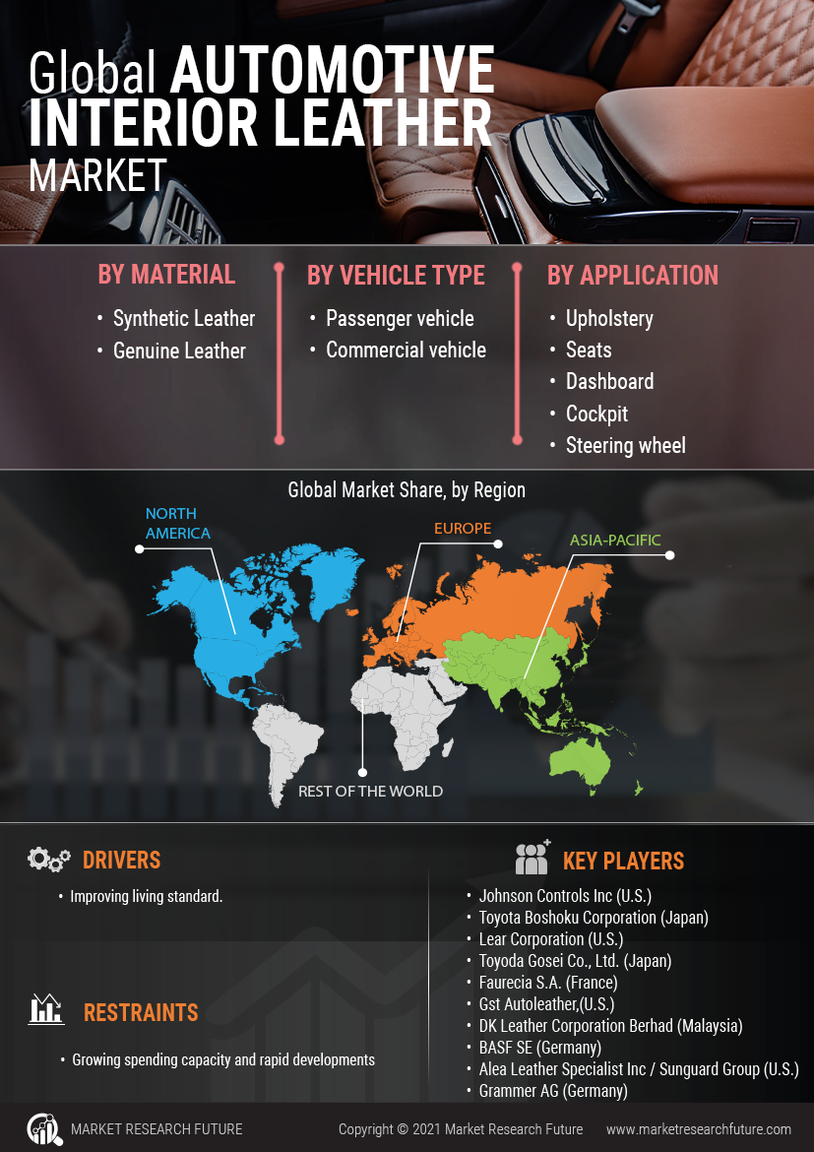

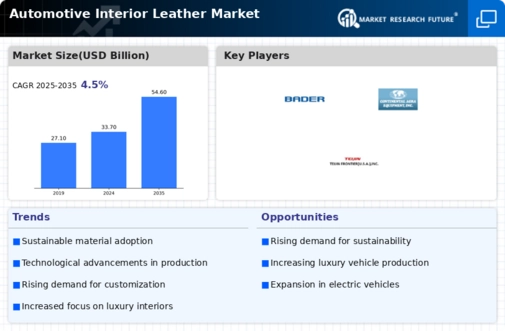
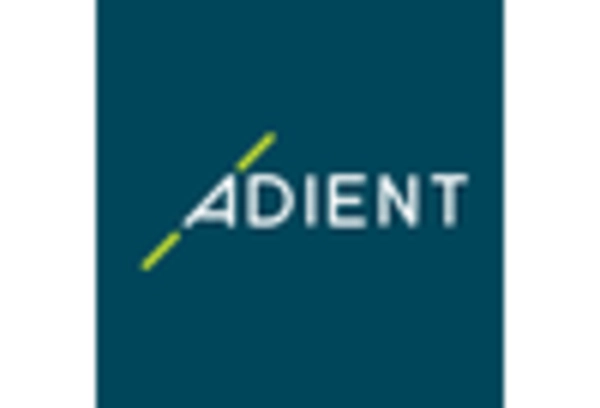
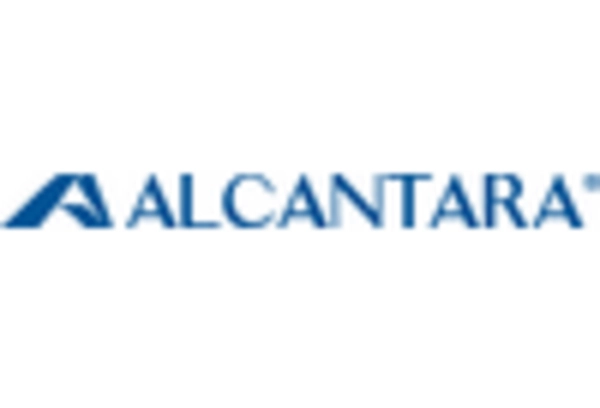
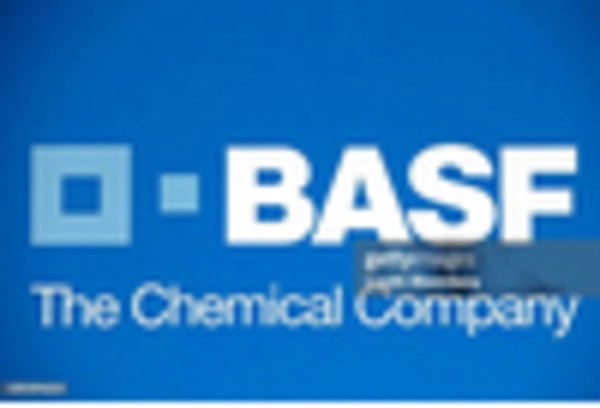
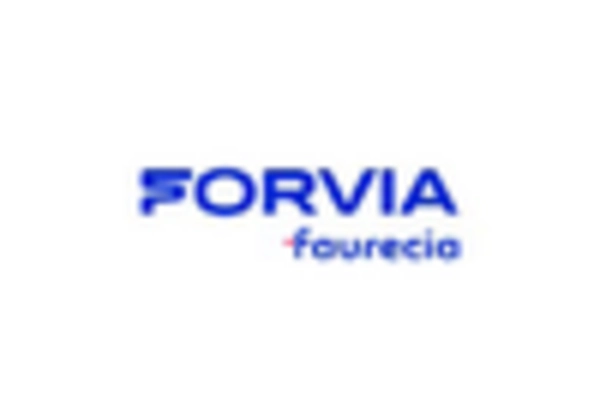
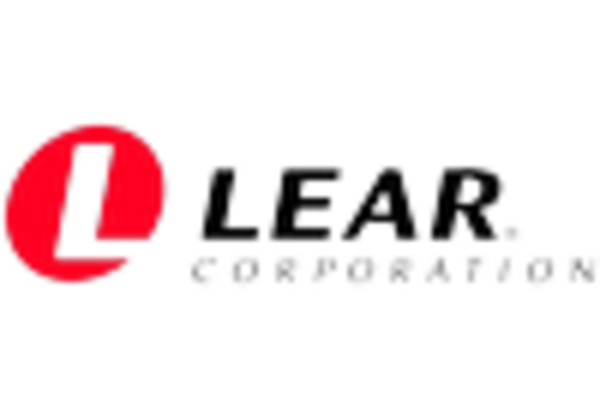
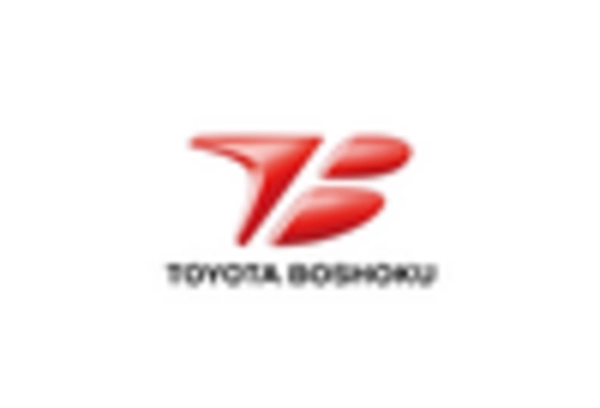








Leave a Comment